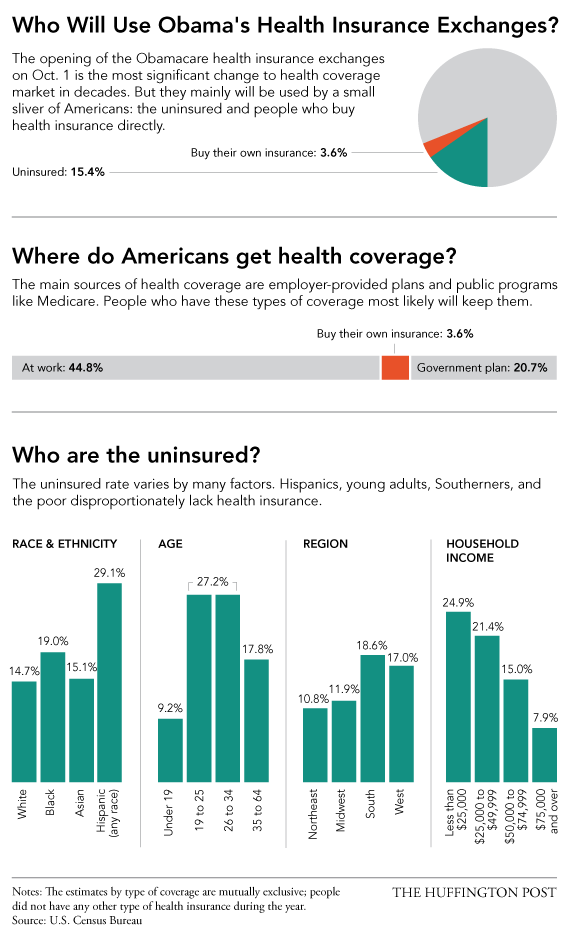
Hallo, selamat pagi, pada kali ini akan membawakan mengenai 0 down health insurance Participation of Informal Sector Workers in Indonesia's National Health Insurance System simak selengkapnya

1. Introduction
On 1 January 2014, the Indonesian government integrated a fragmented health insurance scheme into a single national insurance scheme, Jaminan Kesehatan Nasional (JKN), implemented by the newly formed national social security agency, Badan Penyelenggara Jaminan Sosial Kesehatan or BPJS Health. (1) Prior to 2014, steps taken towards universal health coverage (UHC) focused on low-income groups and workers employed in the formal sector (who tend to be in the high-income group). While the low-income group was covered through a government-financed insurance scheme (ex-JAMKESMAS), and while workers in the formal sector are primarily covered under employer-based insurance schemes (ex-ASKES, ASABRI, JPK-JAMSOSTEK), those who are neither poor nor employed in the formal economy (2) remain uncovered, and are "missing" in the enrolment numbers.

The "missing middle" is not an inconsequential demographic. The Central Statistics Agency (Badan Pusat Statistik, or BPS) reported that in 2014 the bebas sector employed approximately 60 bagi cent of Indonesia's labour force, affecting around 160.9 million people when family members are accounted for (SUSENAS 2014). (3) Approximately half of the households in Indonesia (workers and their family members) remain uncovered for healthcare services. The January 2016 data from BPJS Health estimates that as little as 15.08 million households with employment in the bebas sector registered with JKN voluntarily. (4) The sizeable missing middle thus poses a major obstacle to achieving universal health coverage by 2019, as projected in the Presidential Decree No. 111/2013. Based on the current enrolment rate, it is likely that universal health coverage will only be accomplished between 2034 and 2044 (LPEM FEB UI 2014). This esai investigates why workers in the bebas sector, a key demographic, do not register for national health insurance, hence hindering government efforts towards UHC in the context of Indonesia.
As an impediment to attaining UHC, the missing middle dilema is not unique to Indonesia. Cotlear (2015) suggests that developing countries which have expanded healthcare to lower income populations after the year 2000 have followed a particular sequence. During the initial phase, most national health insurance programmes alamat the poor exclusively, where health coverage for the poor is fully paid for by the government. In the second phase, the programmes expand to cover the rest of the non-poor workers in the bebas sector to achieve UHC. However, in the second phase, different countries have taken divergent paths: some countries have extended the government's payment of healthcare coverage to the rest of the workers in the bebas sector (the non-contributory option), while other countries have required non-poor families working in the bebas sector to contribute toward their health coverage (the contributory option). Each path has pros and cons. The non-contributory option is faster, but creates a trade-off between equity and sustainability that may require profound tax and health reforms down the road. For example, Thailand has decided to substantially expand health insurance coverage by not only paying for the premiums of its poorest, but has extended it to include workers in the bebas sector. However, recent studies show that paying the premiums for bebas workers could potentially lead to "informalization" of the economy and undermine the system in the long run whereby formal workers have to pay for their own premiums. Wagstaff and Manachotphong (2012) suggest that in the case of Thailand, universal coverage increased bebas sector employment by two percentage points after the reform, growing to 10 bagi cent over the first three years.
The contributory path is slower as it requires front-loading reforms. Nevertheless, by avoiding the use of transitory steps, it creates a more stable and sustainable institutional setup. …
begitulah pembahasan perihal Participation of Informal Sector Workers in Indonesia's National Health Insurance System semoga artikel ini bermanfaat terima kasih
tulisan ini diposting pada kategori , tanggal 26-08-2019, di kutip dari https://www.questia.com/library/journal/1G1-478141083/participation-of-informal-sector-workers-in-indonesia-s



No comments:
Post a Comment